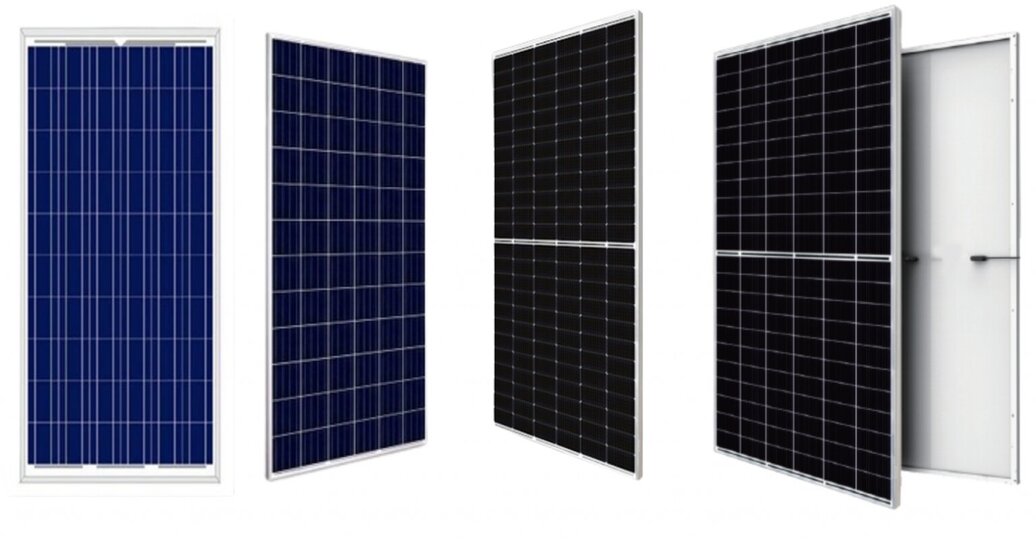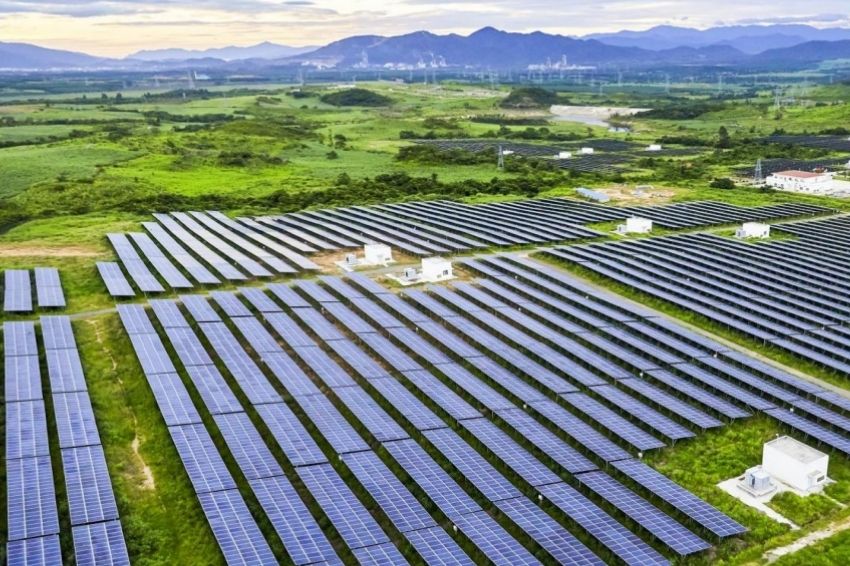GD (distributed generation) as we know it will be 10 years old in 2022. Check out our special miniseries on the topic. Since 2012, there has been a very significant advancement in module and inverter specifications.
It is simple, with your thoughts immersed in the current moment in the market, to forget the technological leaps that have taken place during this last decade of solar energy.
It is easy to notice the increase in the dimensions and powers of the modules. In 2014, we were talking about 250 W poly modules and 60 cells, in 2018, 330 Wp poly modules with 72 cells, until we arrive in 2022 with 144 cell modules of 210 mm with PERC and bifacial technology. Advances in modules have brought benefits far beyond the purely issue of efficiency in STC.
As for the inverters, in addition to having increased their efficiencies from the range of 90 to 95% to up to 99%, they have brought with them new technologies such as dozens of MPPTs, multiple inputs and monitoring and security functions that in 2012 were only in the world of ideas.
To exemplify this advancement, this article will compare a fictitious 5 kW installation in Montes Claros (MG) with technologies from 2014, 2018 and 2022.
As a 2014 example, we will use the OSDA ODA240-30-P polycrystalline module with 60 cells and 240 Wp, the 2018 example with the OSDA ODA330-36-P polycrystalline module with 72 cells and 330 Wp and for 2022 the OSDA ODA550-36V module MH Mono PERC of 144 cells and 550 Wp and also the OSDA ODA670-33V-MH module of 670Wp Mono Perc 144 cells of 210 mm.

As for the inverter, we will use a generic model for each year, with efficiency of 94, 96 and 98% for 2014, 2018 and 2022 respectively.
The first point of comparison is to note the reduction in the number of modules (and consequently cabling and structure, possibly fewer parallel circuits depending on the size of the system) that current products provide. A 5 kW installation with modules from 2014, 2018 and 2022 would need 21, 16 and 9 modules respectively.
Even if we used identical inverters for the three cases, we would still see a significant difference in generation between the systems. This is due to the difference in thermal power coefficients, which have evolved significantly, and the properties of new materials that allow better absorption of diffused light. The table below shows the simulated results.


















One Response
I LIKED THE INFORMATION, I WILL STAY WAIT FOR OTHER NEWS